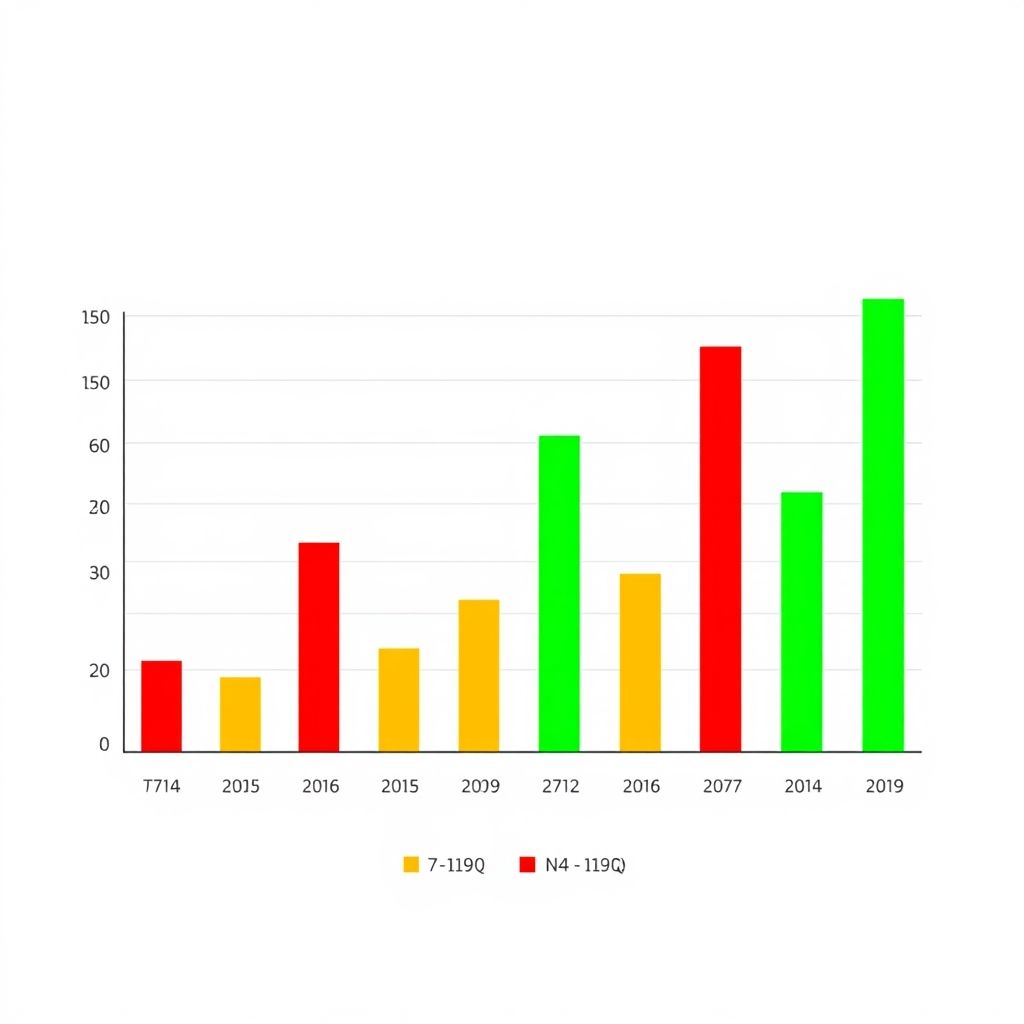TQQQ: Triple-Leveraged Nasdaq-100 ETF – Understanding the Risks and Rewards

TQQQ: A Deep Dive into the Triple-Leveraged Nasdaq-100 ETF
For investors seeking amplified returns, the world of leveraged exchange-traded funds (ETFs) offers a compelling, albeit risky, proposition. Among these, the ProShares UltraPro QQQ (TQQQ) has garnered significant attention. This blog post will dissect TQQQ, exploring its mechanics, potential benefits, and, crucially, the inherent risks involved.
What is TQQQ?
TQQQ is a leveraged ETF designed to deliver daily investment results that correspond to three times (3x) the daily performance of the Nasdaq-100 Index. In simple terms, if the Nasdaq-100 Index goes up 1% on a given day, TQQQ aims to increase by 3%. Conversely, if the index falls 1%, TQQQ is designed to fall by 3%. It’s crucial to remember that this leverage resets daily, meaning the compounding effect over time can be significantly different than a simple 3x multiple.
How Does TQQQ Achieve This Leverage?
TQQQ doesn’t simply buy and hold the stocks within the Nasdaq-100. Instead, it employs a sophisticated strategy utilizing financial instruments. The fund primarily invests in financial instruments that, in combination, are designed to achieve its leveraged exposure. Under normal market circumstances, at least 80% of its assets are invested in the components of the Nasdaq-100 Index and/or financial instruments with similar characteristics. This allows TQQQ to magnify the returns (and losses) of the underlying index.
Managed by ProShares
TQQQ is managed by ProShares, a well-known provider of leveraged and inverse ETFs. ProShares launched TQQQ in February 2010, giving investors a tool to magnify their exposure to the Nasdaq-100. This fund, and others like it offered by ProShares, caters to a specific type of investor with a high-risk tolerance and a short-term investment horizon.
The Nasdaq-100: A Look at the Underlying Index
The Nasdaq-100 is a market capitalization-weighted index that tracks the performance of 100 of the largest non-financial companies listed on the Nasdaq stock exchange. These companies represent a broad spectrum of industries, with a significant weighting in technology stocks. This composition makes TQQQ highly sensitive to movements in the tech sector and the broader market sentiment toward these companies.
Understanding the Risks: Why TQQQ Isn’t for Everyone
Investing in TQQQ carries a significant amount of risk. Due to its leveraged nature, losses can be amplified at an accelerated rate. The fund’s daily reset mechanism means that long-term returns can deviate substantially from a simple 3x multiple of the Nasdaq-100’s performance. This is especially true during periods of high volatility and market downturns.
Because TQQQ is non-diversified, meaning it concentrates its investments in a relatively small number of companies, its performance is highly susceptible to the specific performance of those companies. Investors should consider their risk tolerance and investment time horizon before investing in TQQQ.
Furthermore, the expense ratio of TQQQ, like other ETFs, can impact long-term returns. Investors should review the fund’s prospectus and consider the fees associated with owning TQQQ. The inherent risks of leverage, combined with market volatility, make TQQQ a potentially volatile investment.
Who Might Consider TQQQ?
Given the risks, TQQQ is typically best suited for sophisticated investors with a high-risk tolerance and a short-term investment horizon. Day traders and active investors may use TQQQ to capitalize on short-term market movements. However, it’s critical to understand that holding TQQQ for extended periods can lead to significantly different results than expected, due to daily compounding and market volatility.
In Conclusion
TQQQ offers the potential for significant gains, but it’s equally important to acknowledge the substantial risks involved. Before considering an investment in TQQQ, prospective investors should thoroughly understand its mechanics, the composition of the Nasdaq-100, and the impact of leverage. Due diligence and a clear understanding of one’s own risk tolerance are paramount.
This blog post provides general information and should not be considered financial advice. Always consult with a qualified financial advisor before making any investment decisions.




